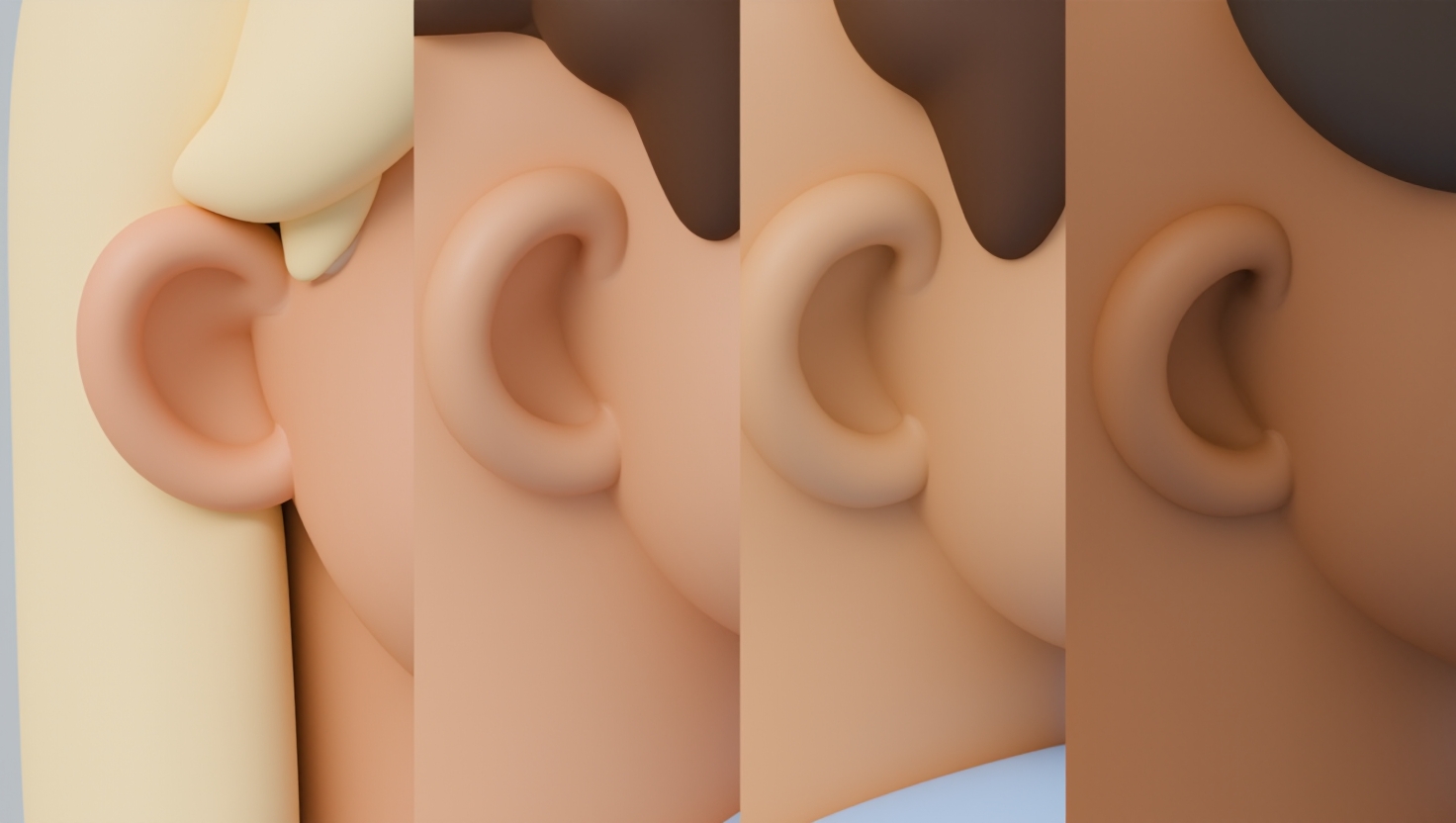What Is It When the Bony Area Behind Your Ear Becomes Infected with Pus?
When the bony area just behind your ear becomes infected and fills with pus, it usually signals that the body is fighting off some kind of infection in that spot. This specific bony prominence is called the mastoid process, a part of the skull located just behind the ear. The mastoid is full of tiny air cells that can become inflamed and infected if bacteria or other germs make their way inside, often leading to swelling and an accumulation of pus — a thick, yellowish fluid made up of dead cells, bacteria, and immune system components.
Infections in this region are medically referred to as mastoiditis. Although less common today due to widespread antibiotic use, it remains a serious condition that requires timely medical attention. Before antibiotics were widely available, mastoid infections were a leading cause of complications from ear infections.
---
Common Causes of Infection Behind the Ear
Several factors might contribute to an infection behind the ear, particularly involving the mastoid bone. The most common causes include:
- Middle ear infections (otitis media): A middle ear infection, often caused by bacteria or viruses, can sometimes spread beyond the ear canal and eardrum into the mastoid air cells. This happens especially when an ear infection is left untreated or does not respond well to initial treatments. For example, a child with persistent ear infections might develop mastoiditis if the infection spreads to the surrounding bone.
- Skin infections: The skin behind the ear can become infected from cuts, scrapes, boils, or insect bites. These infections can sometimes extend deeper if bacteria penetrate through damaged skin. For example, someone who scratches or has breaks in the skin behind the ear can develop redness and swelling, which may worsen over time.
- Injury: Trauma or injury near the ear that breaks the skin or impacts the bone may create a pathway for germs to enter. Even minor injuries should be monitored for signs of infection, especially if swelling, warmth, or pus develops.
- Chronic ear conditions: Long-standing ear problems, including persistent middle ear infections or chronic inflammation, may occasionally predispose someone to infections extending into the mastoid bone.
---
When to Consider Seeing a Healthcare Professional
If symptoms suggesting an infection behind the ear are noticed, it is important to seek medical attention promptly. Signs to watch for include:
- Pain or tenderness behind the ear that worsens or persists over time.
- Swelling, redness, or warmth in the area behind the ear.
- Pus or drainage coming from behind the ear, or from the ear canal itself. This drainage can be thick and yellowish or greenish.
- Fever or chills that accompany these symptoms.
- Hearing problems, dizziness, or a feeling of fullness in the ear.
Ignoring these signs can lead to serious complications such as the infection spreading deeper into the skull or causing hearing loss. Early diagnosis and treatment are important to prevent such outcomes.
---
How This Symptom Might Affect Everyday Life
Having an infected area behind the ear can disrupt daily routines and impact quality of life:
- Work: Persistent pain and discomfort can make it difficult to concentrate, especially in demanding or physical jobs.
- Social life: Visible swelling, redness, or drainage can cause self-consciousness and discourage social interaction.
- Overall well-being: Chronic or unresolved symptoms may lead to fatigue, irritability, or mood changes. The discomfort and potential hearing issues can affect mental health.
Understanding how this condition can affect different areas of life can help prepare and manage expectations during recovery.
---
Managing and Preventing Infection Behind the Ear
While treatment of an infection in the mastoid region requires professional care, some general measures can help reduce the risk:
- Promptly treat any ear infections and follow healthcare provider instructions carefully.
- Avoid inserting objects into the ear canal, as this can cause injury or push infections deeper.
- Keep the ear area clean and dry, especially after swimming or bathing.
- Protect the area behind the ear from cuts and scrapes and seek care if any wounds become red or swollen.
Working with an ENT specialist may help address underlying causes if ear problems recur.
---
Ready to breathe easier? Schedule your visit at Sleep and Sinus Centers today—online or call (678) 689-1100
This article is for educational purposes only and is not medical advice. Please consult a qualified healthcare provider for diagnosis and treatment.
If you or a loved one is experiencing symptoms described here, book an appointment with a healthcare professional to get an accurate diagnosis and appropriate care.
Don’t let allergies slow you down. Schedule a comprehensive ENT and allergy evaluation at Sleep and Sinus Centers of Georgia. We’re here to find your triggers and guide you toward lasting relief.



